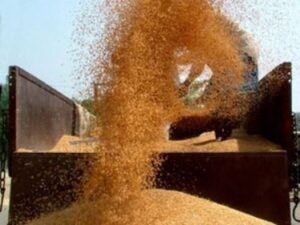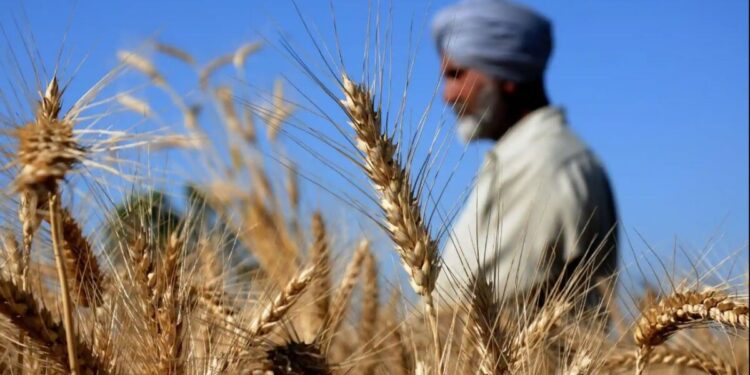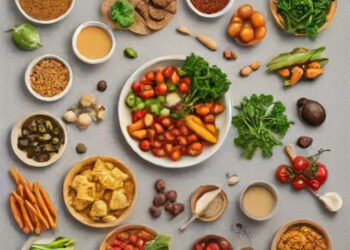India’s Minister for Trade and commerce Piyush Goyal had urged all the states to increase sowing of rice, after estimate of sowing rice came back 16% lower than normal level nationally this time.In a conference addressing food ministers of several states, he raised the importance of increasing the sowing of rice compared to previous year’s harvest
While re-assuring that there is sufficient stock of rice with the government, the issue comes in with inadequate stocks for international export. Strategy proposed was to increase the produce, so that farmers avail good price in the global market, therefore increasing exports. Plan to be set in motion by using good quality of seeds, proper scientific management of sowing and keen maintenance to bear good yield. Government has also advised agricultural department of states of Punjab, UP and Haryana to stop using shrunken or wrinkled grain seed but instead to get healthy seeds from other seeds for sowing for better results.

“Most of the states are now procuring paddy and many deficit states have become surplus. Thus, the demand from Central Pool stocks is decreasing year by year. Due to less demand from the states, the Central Pool stocks is increasing year after year and it will become difficult to evacuate godowns in surplus states, in coming years. Thus, surplus states are required to diversify crop from paddy to other crops (pulses, edible oil etc) for sustainable agriculture development,” an official said.
Minister also asks states to increase area under wheat, says it will start by October-November timeline.
Parallelly, government imposes policy to control wheat export from the country, upsetting wheat traders. The new policy was passed on 6thJuly 2022, Wednesday.
“Global supply disruptions in wheat and wheat flour have created many new players and led to price fluctuations and potential quality related issues,” the notification said. “Therefore, it is imperative to maintain the quality of wheat flour exports from India.”
Traders claim that this is nothing but a passive way to restrict their outgo of wheat products without creating panic in the market, by the government. While some millers think this decision will help ease the price and supply of wheat in the domestic market. “In Eastern India, the price of the mill-quality daara wheat has increased by 4% in the last one week and the situation may become challenging towards the end of the wheat season,” said Rohit Khaitan, a flour miller from Raniganj in West Bengal.
Millers are hence worried that this would affect the availability of wheat in the local market by dropping towards the end of the wheat season after the festival period creating major loss. As per data available with the Union Food Ministry, 10 states – Andhra Pradesh, Telangana, Chandigarh, Chhattisgarh, Haryana, Madhya Pradesh, Odisha, Punjab, Uttar Pradesh, and Uttarakhand – were rice surplus (meaning their rice procurement exceeded their allocation under the NFSA, ICDS and Mid-Day-Meal) during 2020-21.
In a presentation, an official of Agricultural ministry also highlighted concern of crop diversification from wheat-rice cropping patterns in states where green revolution is implemented. Claim that a reduction like this in rice crops are suggested due to natural resource concerns and nothing else.







